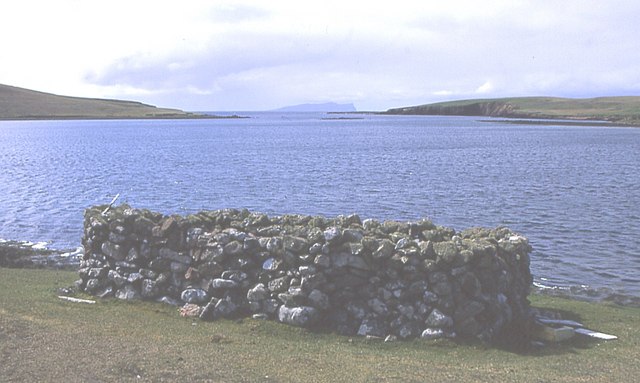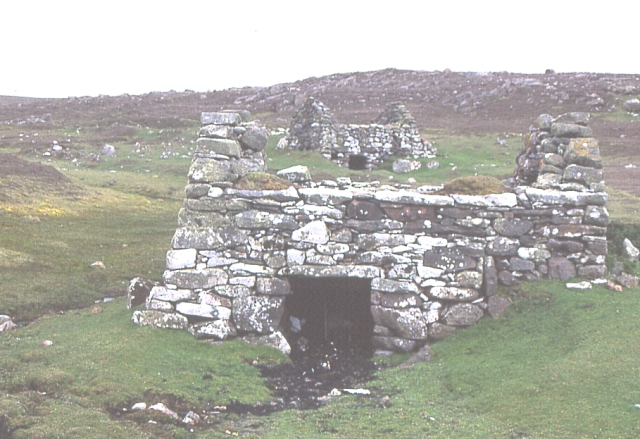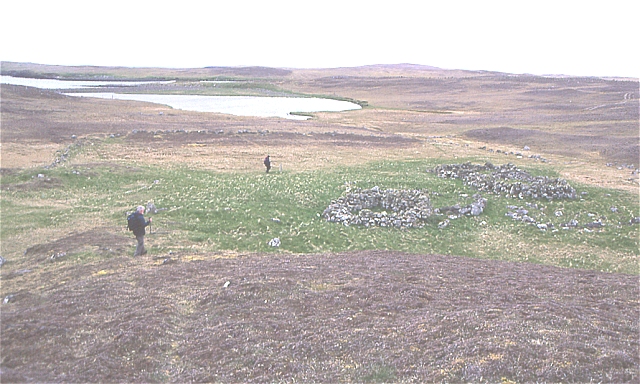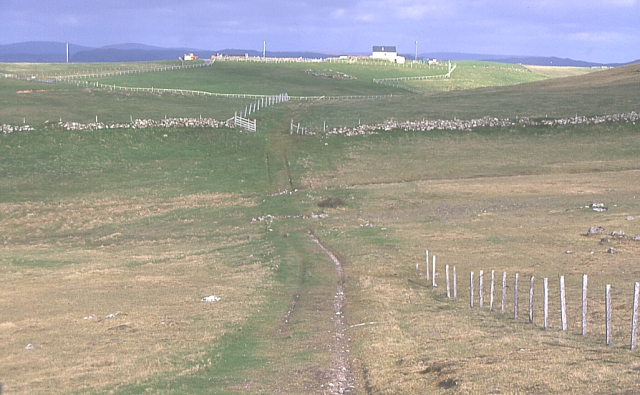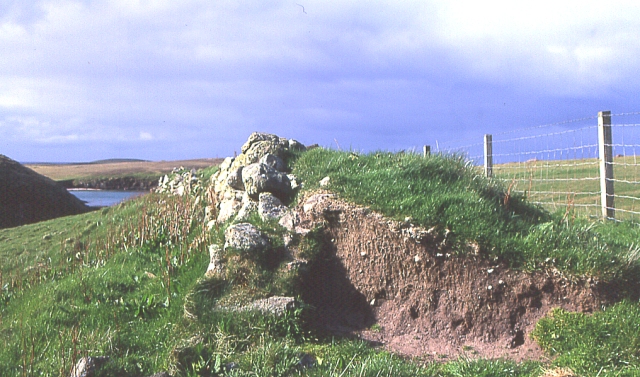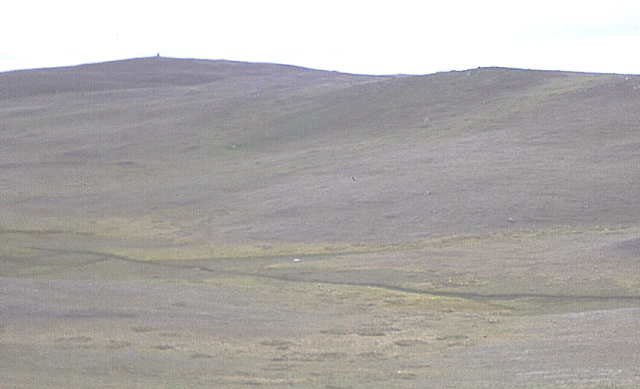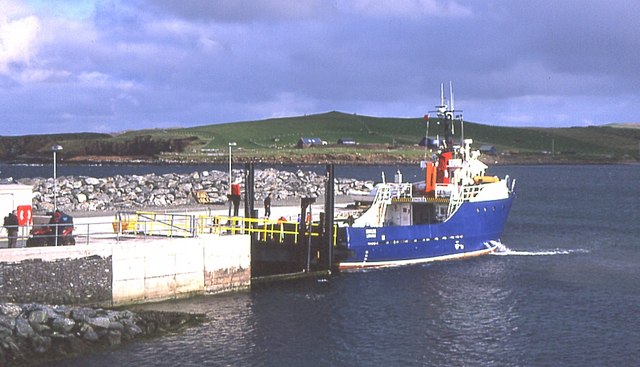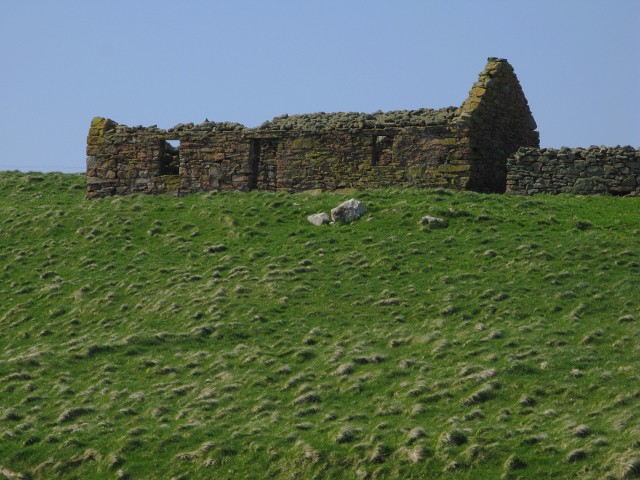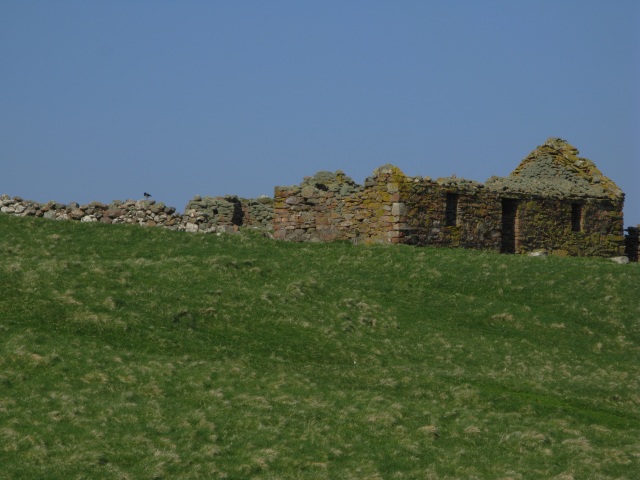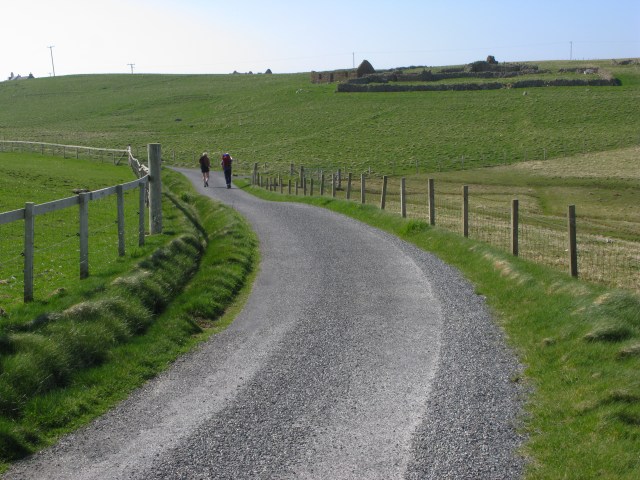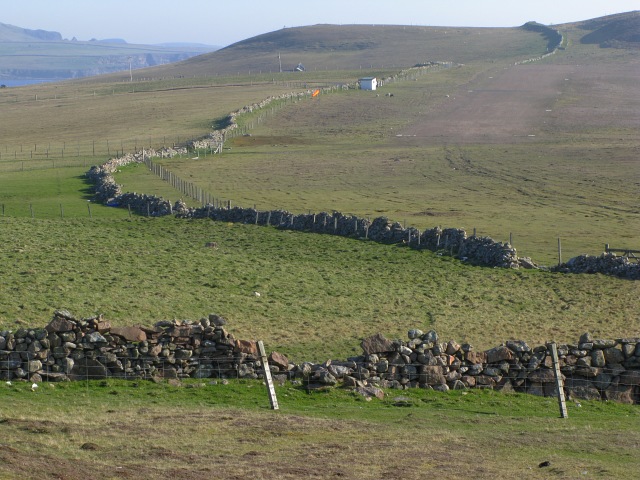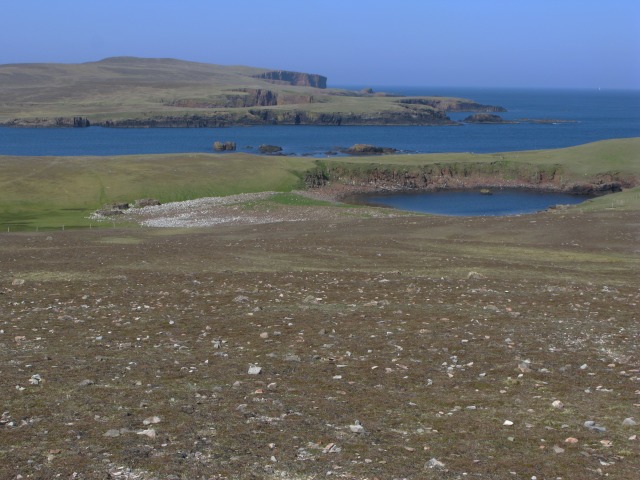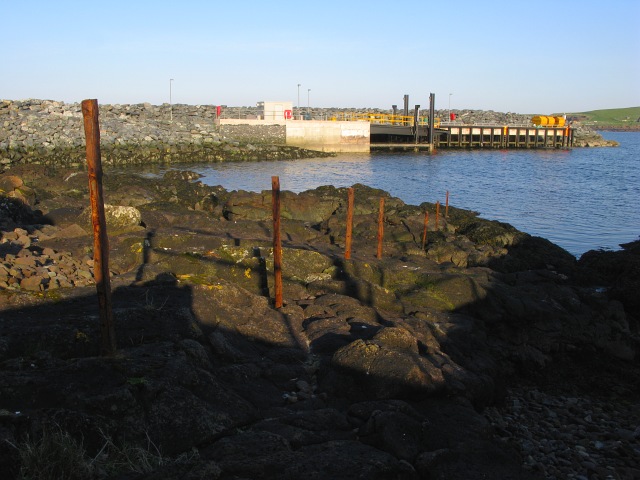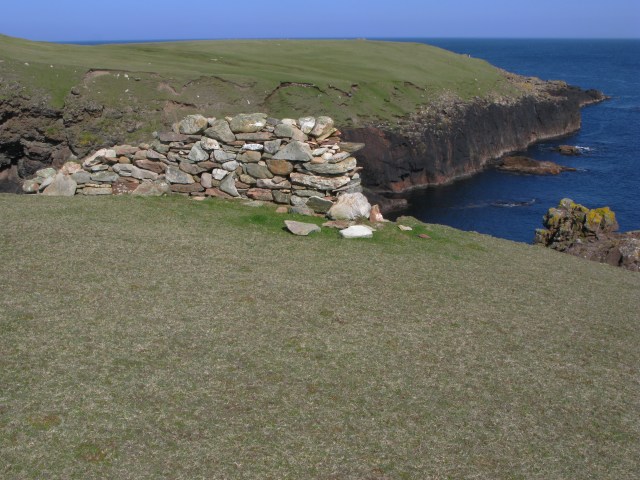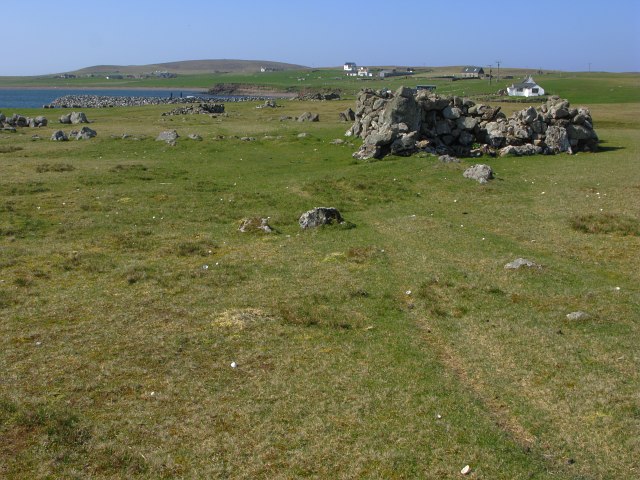Biggings
Settlement in Shetland
Scotland
Biggings
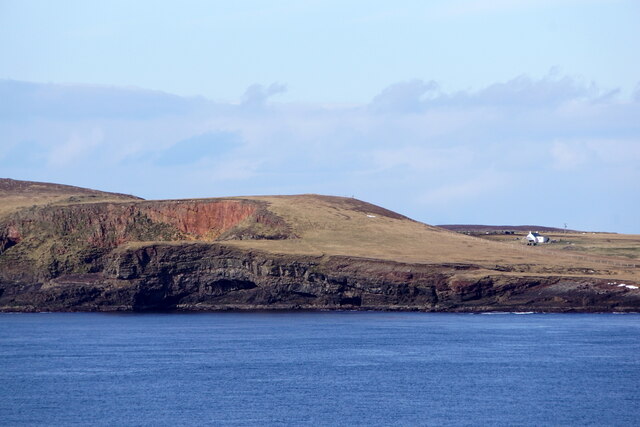
Biggings is a small village located on the island of Bressay, in the Shetland Islands of Scotland. Situated on the eastern coast of the island, it offers picturesque views of the North Sea and is surrounded by stunning natural beauty. The village is approximately 5 miles east of Lerwick, the capital of the Shetland Islands.
Known for its peaceful and idyllic setting, Biggings is a popular destination for those seeking tranquility and a close connection with nature. The village is characterized by its traditional stone houses, some of which date back several centuries. These charming houses, along with the lush green fields and rugged coastline, give Biggings a distinct and timeless charm.
Despite its small size, Biggings boasts a strong sense of community. The villagers are friendly and welcoming, and there is a close-knit atmosphere that can be felt throughout the area. The village has a community hall which serves as a gathering place for various social events and activities.
Nature lovers will find plenty to explore around Biggings. Bressay is known for its rich birdlife, and the area is home to various species of seabirds, including puffins, guillemots, and razorbills. The coastline offers opportunities for scenic walks and offers breathtaking views of the surrounding islands.
Overall, Biggings is a hidden gem in the Shetland Islands, offering a peaceful retreat for those in search of natural beauty and a close-knit community.
If you have any feedback on the listing, please let us know in the comments section below.
Biggings Images
Images are sourced within 2km of 60.324194/-1.6812626 or Grid Reference HU1760. Thanks to Geograph Open Source API. All images are credited.
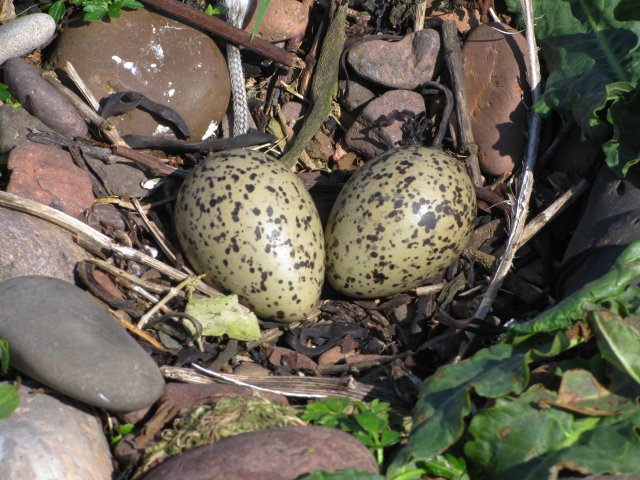
Biggings is located at Grid Ref: HU1760 (Lat: 60.324194, Lng: -1.6812626)
Unitary Authority: Shetland Islands
Police Authority: Highlands and Islands
What 3 Words
///powers.flux.cubic. Near Walls, Shetland Islands
Nearby Locations
Related Wikis
Biggings
Biggings is a village on the island of Papa Stour, in Shetland, Scotland. Papa Stour's church is situated at the south of Biggings. A homestead of Duke...
Forewick Holm
Forewick Holm is a 1-hectare (2.5-acre) island in the Sound of Papa in the Shetland islands, Scotland. Located between Papa Stour and the Sandness peninsula...
Papa Stour Airstrip
Papa Stour Airstrip is a small airstrip in the village of Biggings on the island of Papa Stour. Shetland, Scotland. == History == Papa Stour Airstrip opened...
Brei Holm
Brei Holm is a tiny tidal islet in the western Shetland Islands. It is due east of Papa Stour, to which it is connected at low tide, just outside Housa...
Maiden Stack
The Maiden Stack or Frau Stack is a tiny stack in the western Shetland Islands to the north of Brei Holm and east of Housa Voe in Papa Stour. It is so...
Papa Stour
Papa Stour (Scots: Papa Stour) is one of the Shetland Islands in Scotland, with a population of under fifteen people, some of whom immigrated after an...
Sandness
Sandness (the "d" is not pronounced locally) is a headland and district in the west of Shetland Mainland, Scotland. Sandness was a civil parish, which...
Bousta
Bousta is a settlement on Mainland, in Shetland, Scotland. Bousta is situated in the parish of Walls and Sandness.Scott's Hawkweed is native to the pastures...
Nearby Amenities
Located within 500m of 60.324194,-1.6812626Have you been to Biggings?
Leave your review of Biggings below (or comments, questions and feedback).
